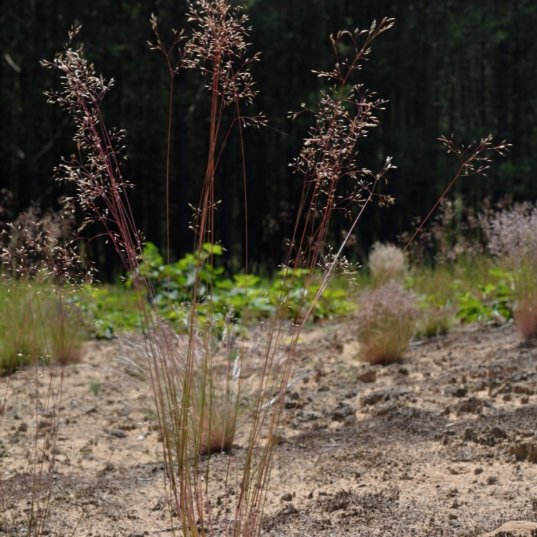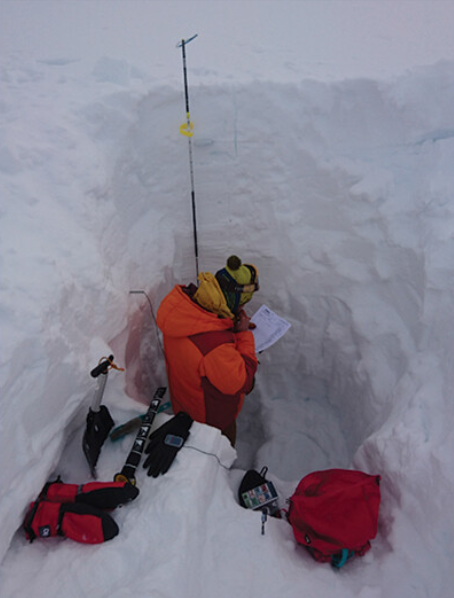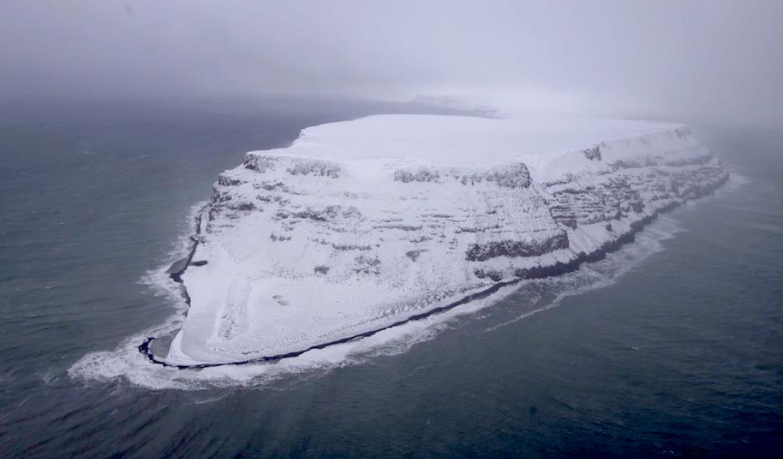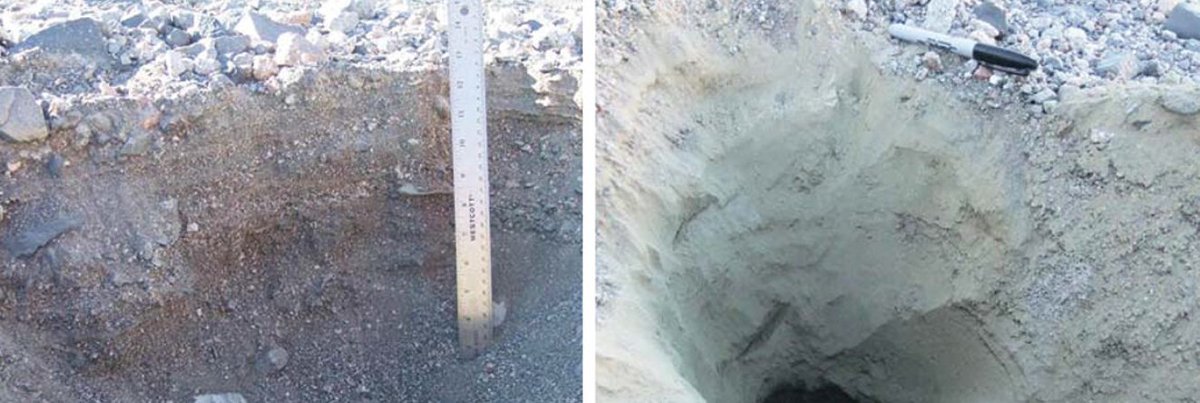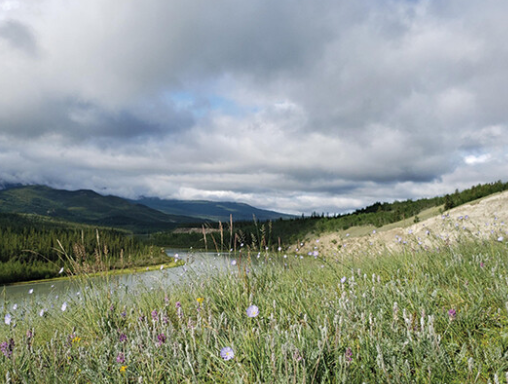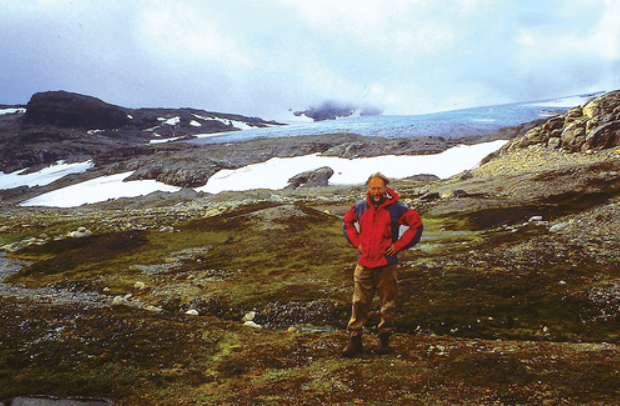
Arctic, Antarctic, and Alpine Research
@arctic_alpine
Arctic, Antarctic, and Alpine Research is an #OpenAccess international, scientific journal publishing multidisciplinary environmental research on cold regions.
ID: 196238957
https://www.tandfonline.com/toc/uaar20/current 28-09-2010 17:14:27
177 Tweet
208 Followers
215 Following


🚨 HYDROLOGIC SCIENCES STUDENT SYMPOSIUM • Thu-Fri, April 10-11 • CU Boulder 🦬 SEEC S372 & online • Register by April 9 • For grads & undergrads, researchers, & faculty. Non-CU folks too! colorado.edu/program/hydros… Speakers incl INSTAARs D. McKnight, L. Sunberg, & I. Oleksy
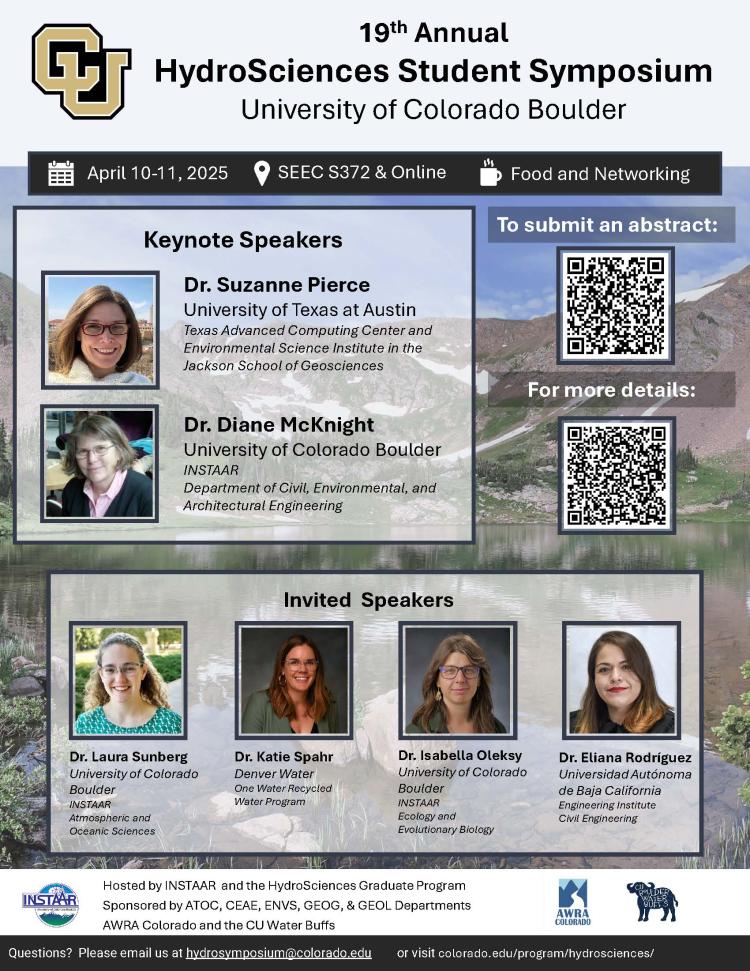


🚨 New ocean sediment drilling report INSTAAR Fellow ANNE JENNINGS co-led IODP #Exp400, which collected cores off the NW Greenland glaciated margin from JOIDES Resolution... incl one 978m (3209ft) long! The team's work spans a lot of ice sheet & ocean history publications.iodp.org/proceedings/40…
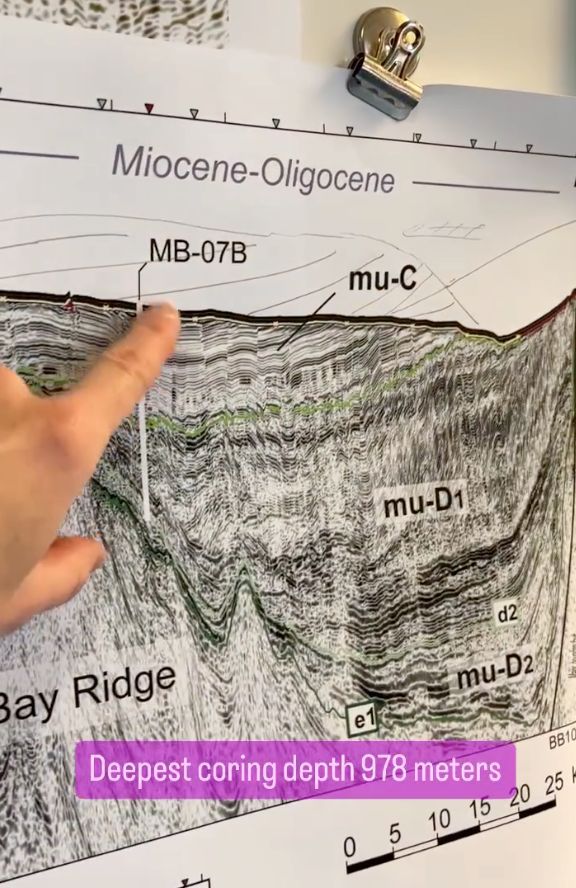








Delighted to see our latest paper published in Arctic, Antarctic, and Alpine Research I started on this research on the first day of my PhD (back in 2020!) It explores the land cover and land cover changes of some key proglacial areas of the Antarctic Peninsula Region 🇦🇶🛰️ tandfonline.com/doi/full/10.10…









